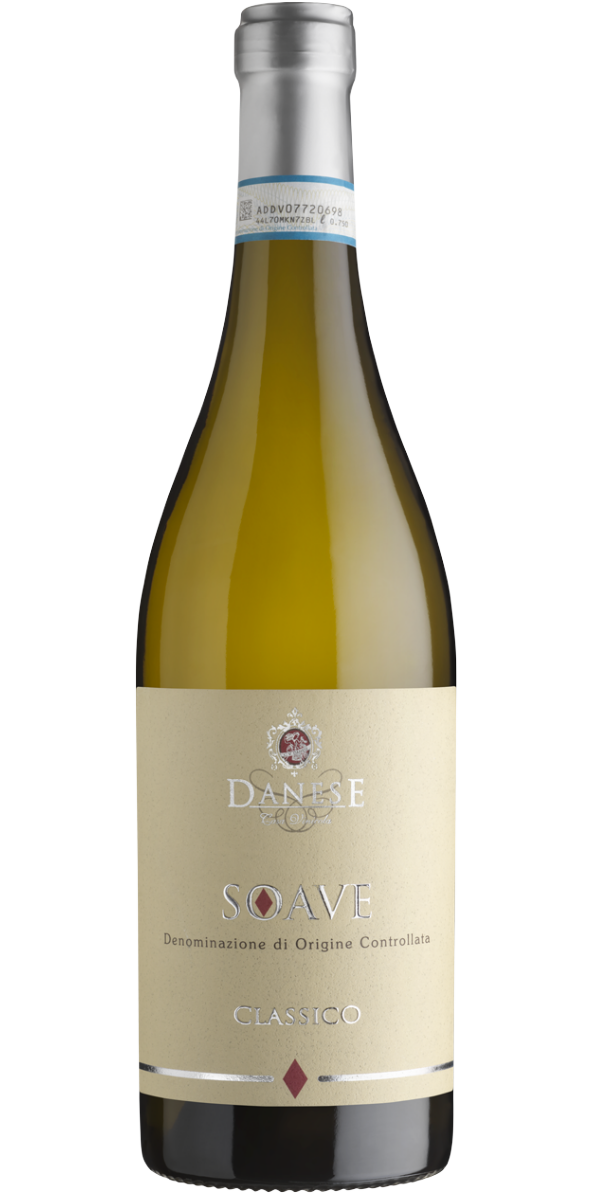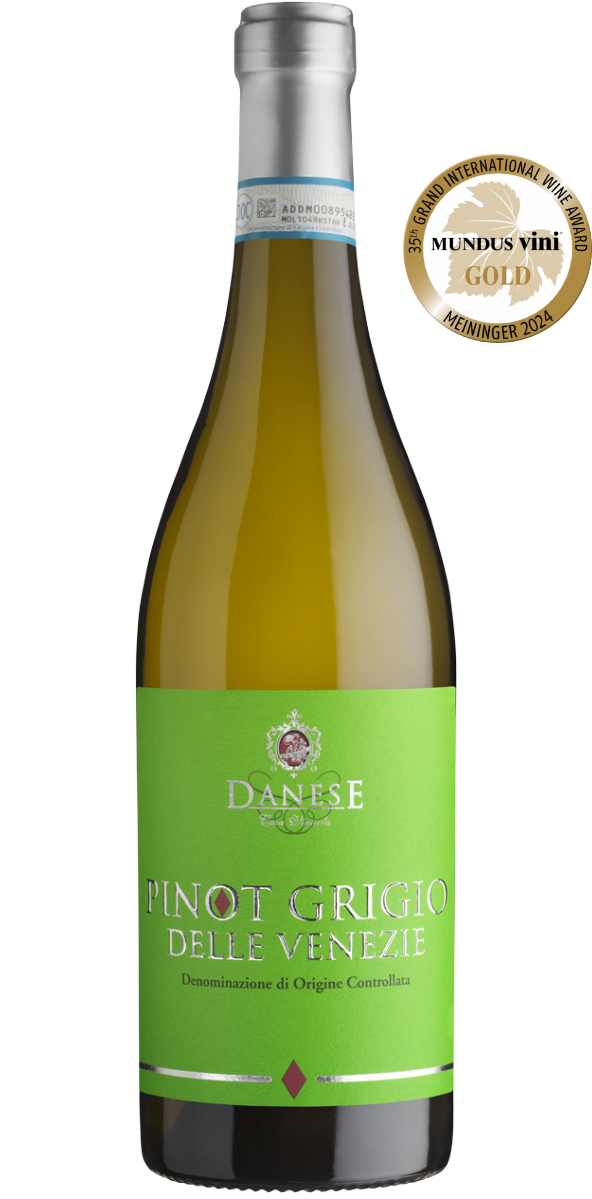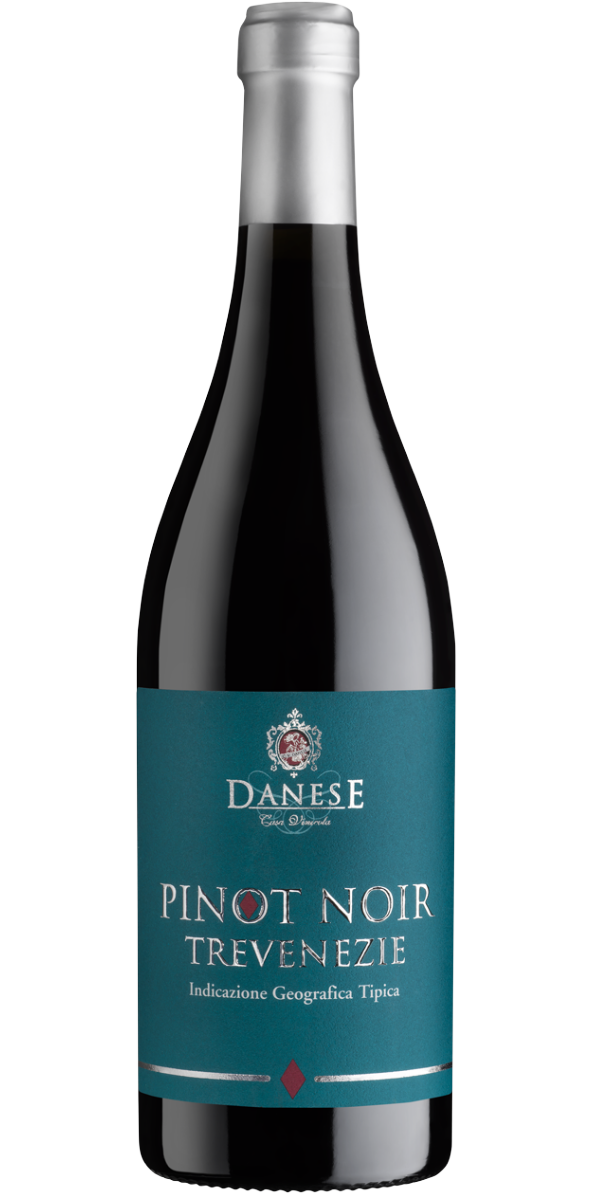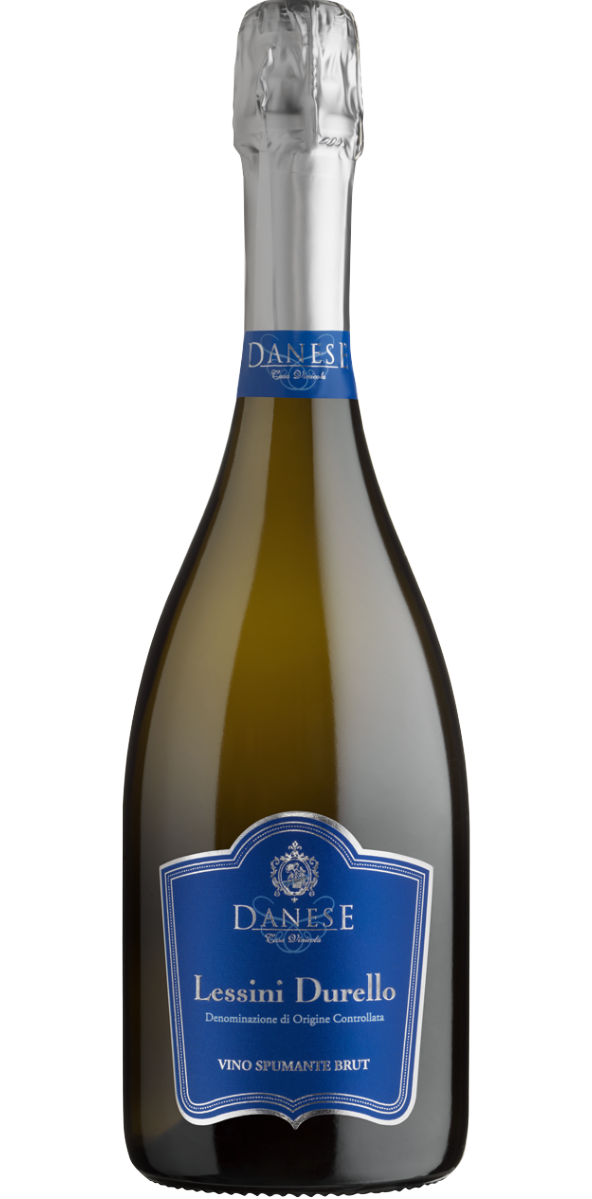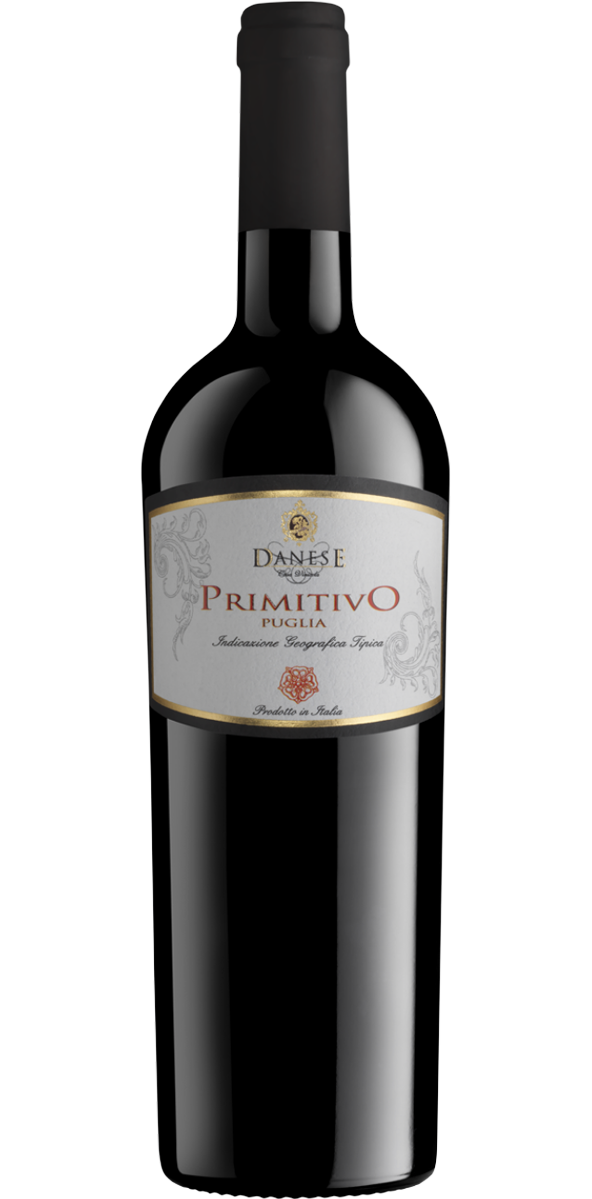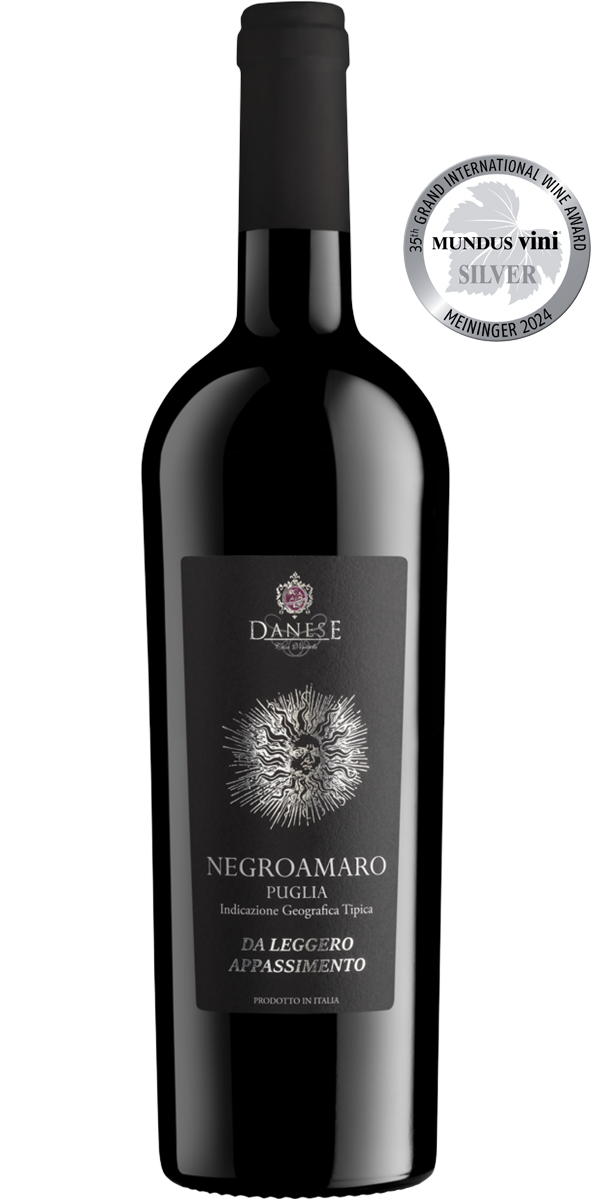Family tradition and quality wines
At Cantina Danese, we have been producing wines for over seventy years, passing down a family tradition that unites experience, passion and attention to quality.
Since 1950, our winery has grown, starting with the production and sale of bulk wine, until it became an internationally recognised reality in the bottled wine segment.
Luca Danese – CEO
Under his leadership since the early 2000s, Cantina Danese has continued to grow. Luca studied oenology and, with his experience and his flair for good wine, he has developed strategies and services to bring Italian wines to the world.


We bring Italian wines to the world
We are committed to making Italian wines known to new audiences, introducing the public to the elegance and diversity of our country’s winemaking traditions.
Our wines are appreciated all over the world and we are ready to support your business with a personalised service and reliable partnership.

